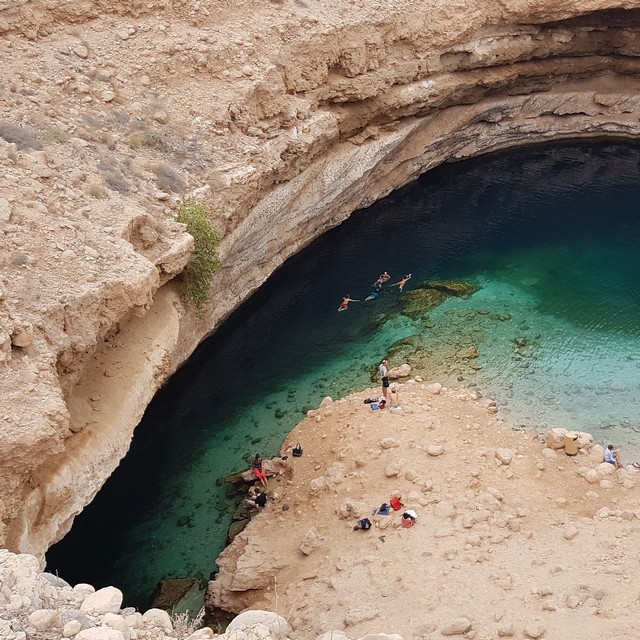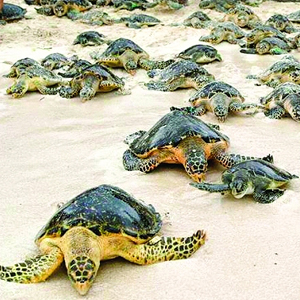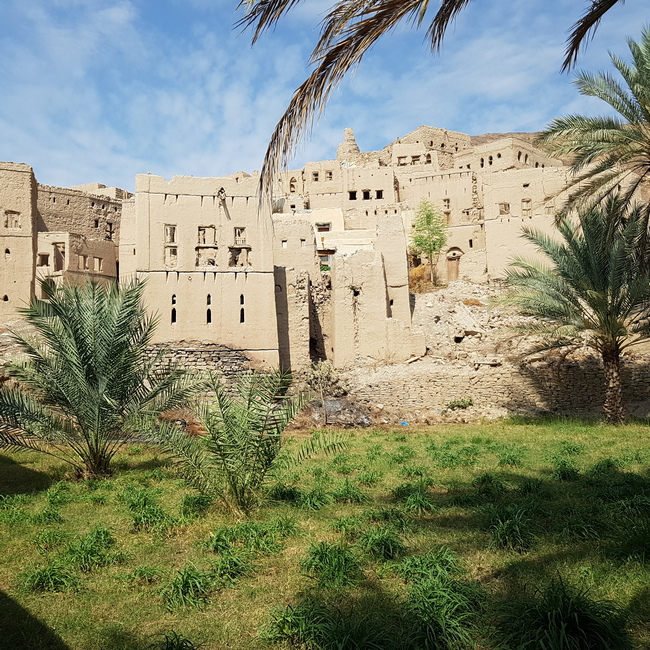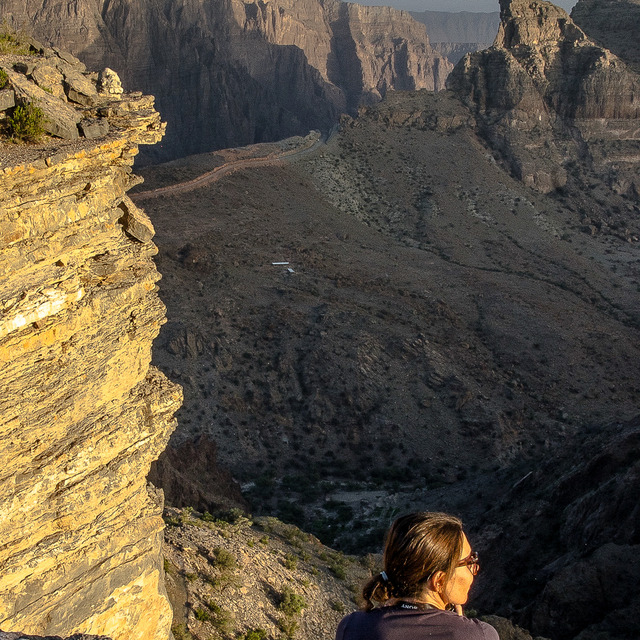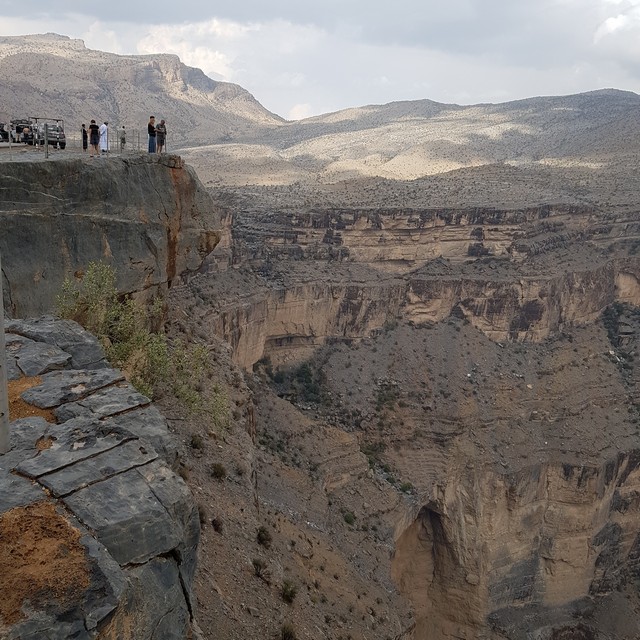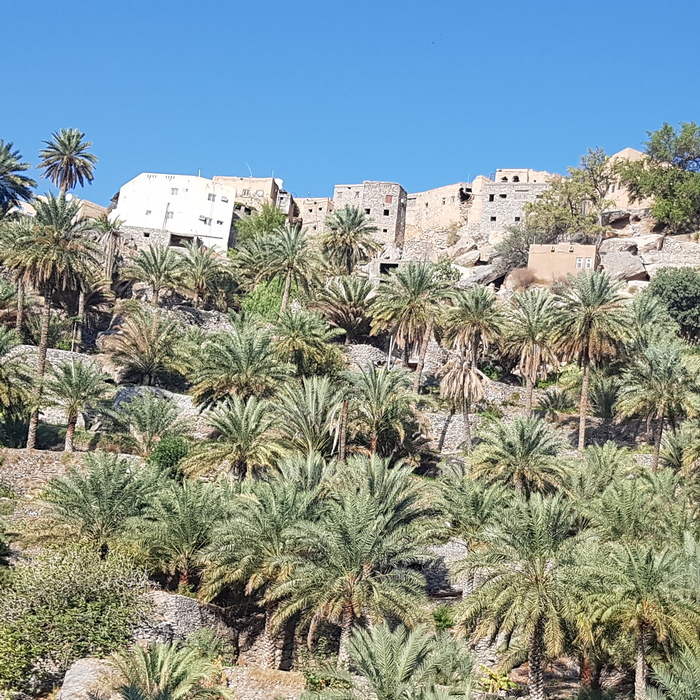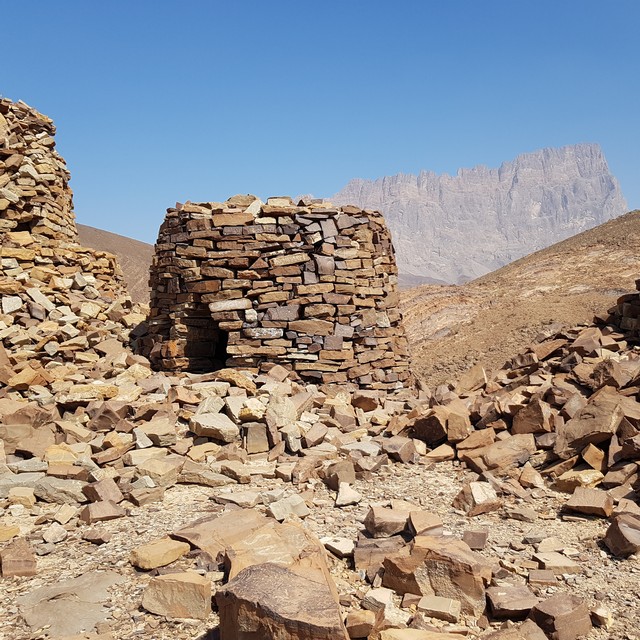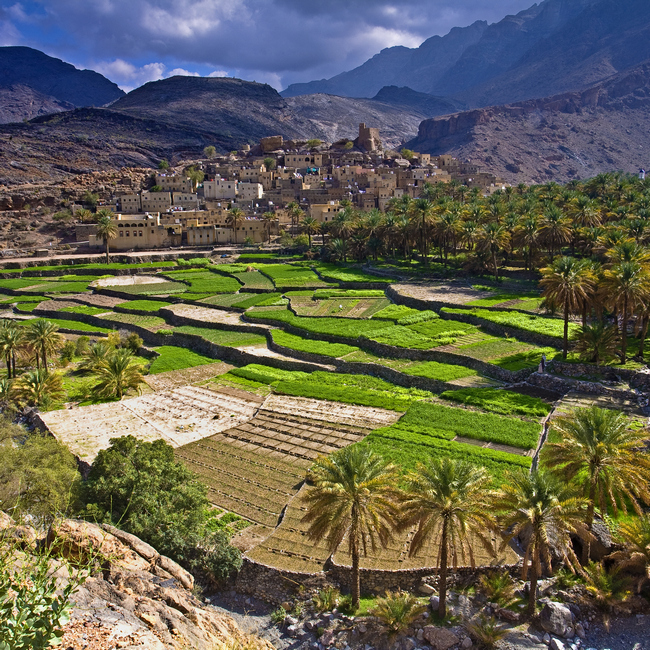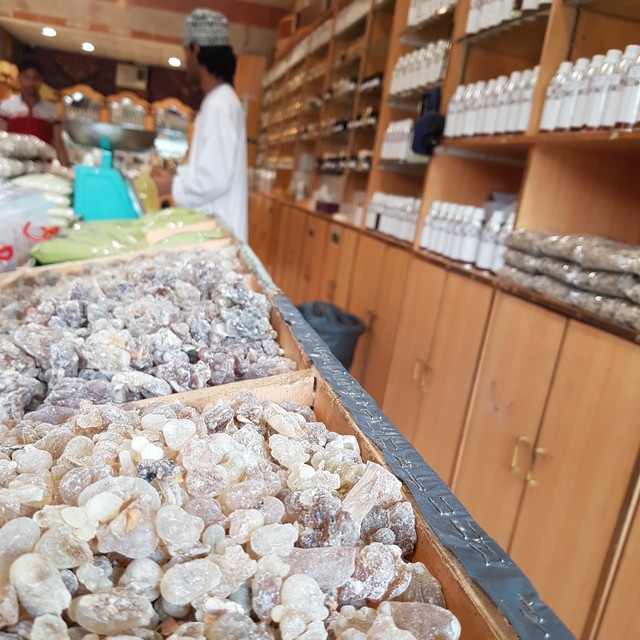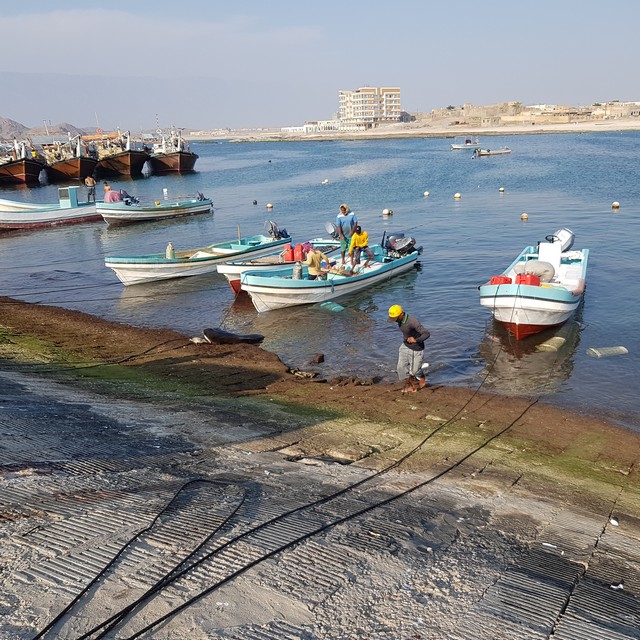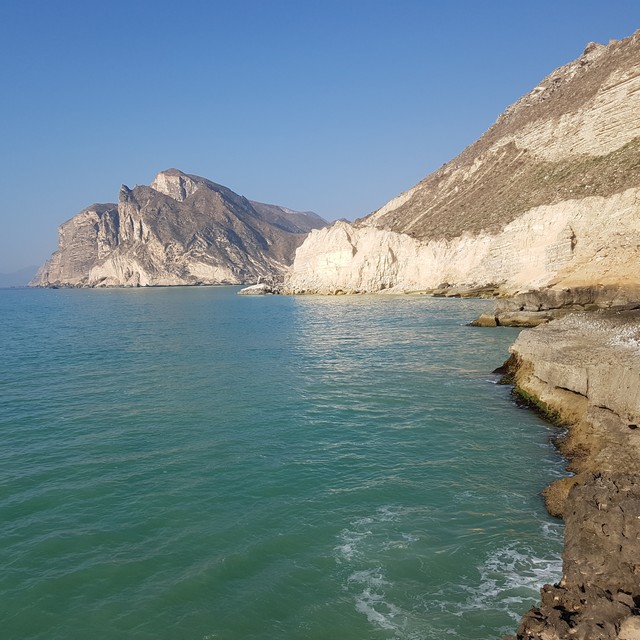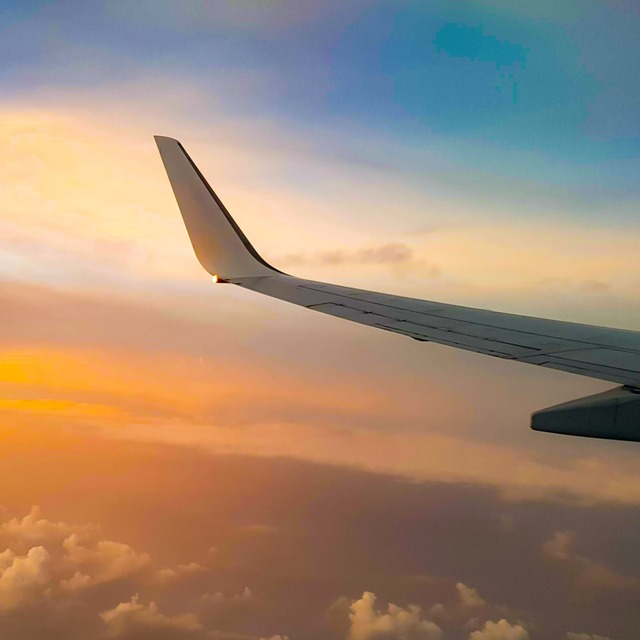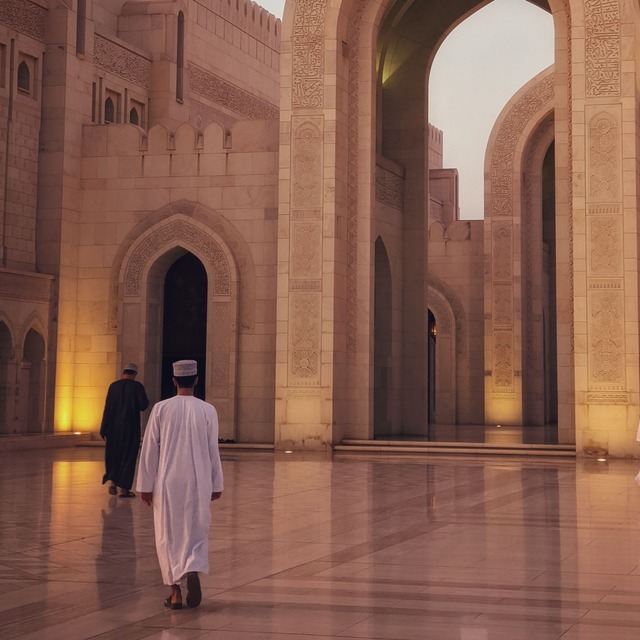
Day 1 : Arrive Muscat
Arrive into Muscat early in the morning, where you will be met by your Travel the Unknown representative. You will then be transferred to your hotel for early check-in and breakfast, and given the chance to rest the morning and reset before heading out on a half-day city tour in the afternoon. But not before enjoying your first Middle Eastern lunch at a local restaurant.
On the programme, we've lined up classic sights, including a stop outside the monumental Sultan Qaboos Grand Mosque, and a stop inside both the Muttrah souq and the National Museum
Dinner is not always included on this tour (see meal plan), but you are encouraged to plan your evening repast either at the hotel or in a nearby restaurant. Your guide will make good recommendations for you.
Overnight in Al Falaj Hotel, Muscat
Meal plan: Breakfast & lunch
Completed in 2001 to commemorate 30 years of the Sultan's reign, Sultan Qaboos Grand Mosque blends modern Islamic architecture with classic Persian tradition. Featuring the second largest prayer rug in the world and one of the world's biggest crystal chandeliers, it can accommodate up to 20,000 worshippers and boasts a library as well as a lecture theatre. It is open to non-Muslims from Saturday - Thursday until 11am.
The old commercial centre of Muscat, the town of Muttrah still maintains mercantile importance. Aside from its grand souq, it is home to a newly renovated fish market, complete with coffee shops, rooftop bars and restaurants, a beautiful 3-kilometre seafront corniche, as well as fountains and gardens, a fort and a port. With settlements reported in the area from as early as 300BC, the city is also home to a number of museums displaying archaeological and historic exhibits, as well as one of the oldest markets in the world, Muttrah Souq. Located in the heart of Old Muscat, it is famous for its enchanting labyrinth of one-of-a-kind Omani artefacts, Bedu jewellery and colourful displays of traditional textiles. It is also said to be one of the few places in the world where you can purchase gold, frankincense and myrrh under the same roof.
